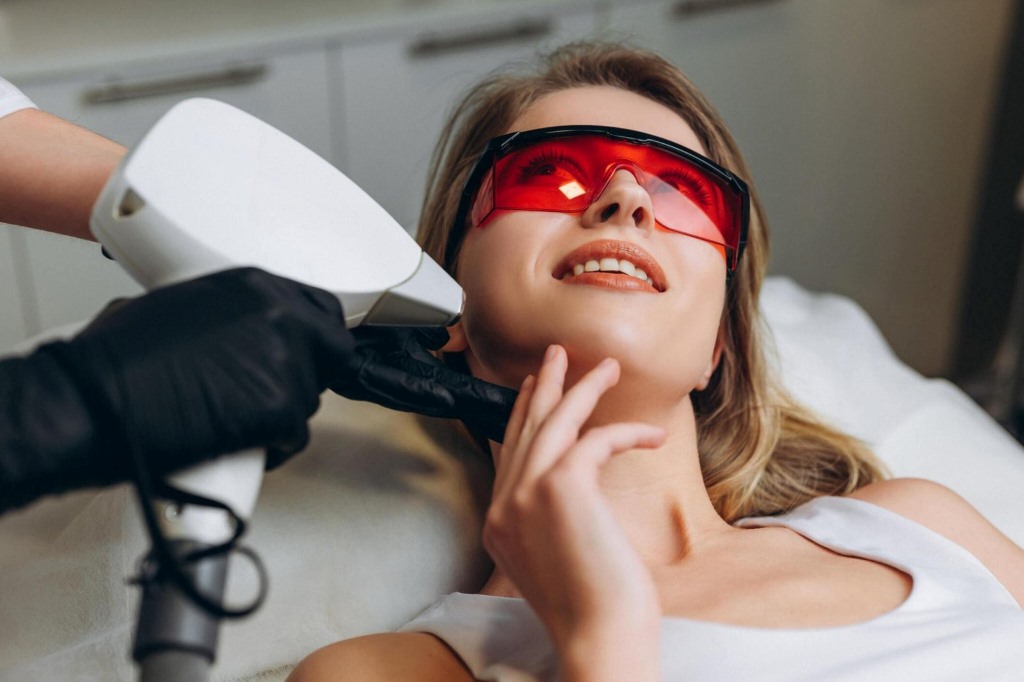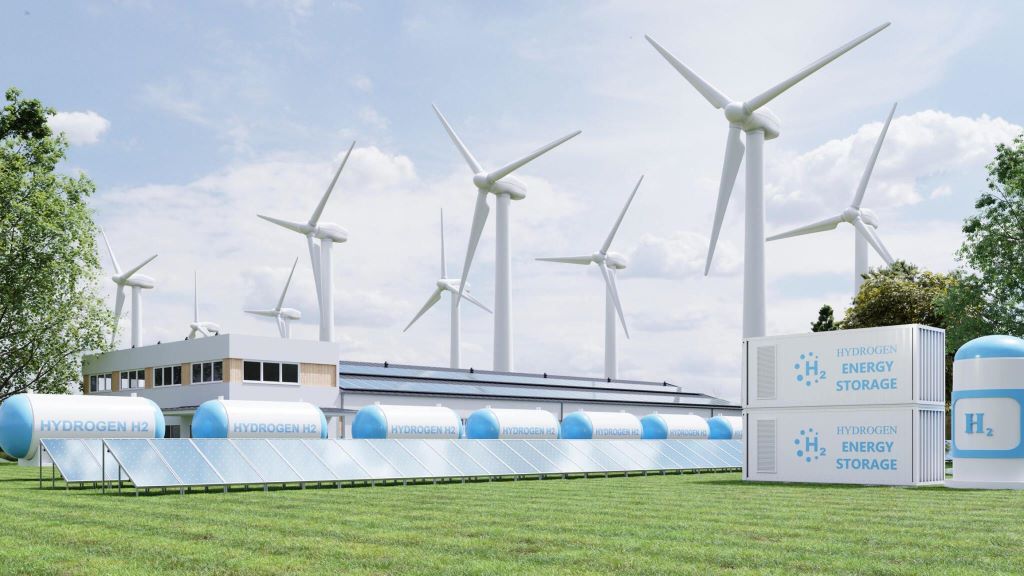In the dynamic world of dermatology and skincare, technology continues to play an increasingly pivotal role. As society evolves, so do our perceptions of beauty and the standards we set for ourselves and others.
Acne scars, once seen as enduring marks of past battles with acne, are now being reevaluated through the lens of technology. This article delves into the transformative tech innovations in acne scar treatment and their profound impact on redefining beauty standards.
The Traditional Approach to Acne Scar Treatment
The traditional approach to acne scar treatment has largely relied on methods such as chemical peels, microdermabrasion, laser therapy, and dermal fillers. While these techniques have provided relief for many, they often come with discomfort, downtime, and variable results.
It’s essential to consult with experts for acne scar treatment to determine the most suitable and effective options tailored to individual skin types, scar characteristics, and overall skin health. Expert guidance ensures personalized care, optimal outcomes, and a comprehensive treatment plan that addresses both immediate concerns and long-term skin health.
Understanding Acne Scars
Before diving into the innovations, it’s essential to grasp the nature of acne scars. Acne scars form when the skin experiences inflammation, leading to changes in collagen production.
The severity and type of scars vary, including:
- Icepick scars: Icepick scars are characterized by deep and narrow indentations in the skin, which look like tiny pits or small puncture marks.
- Rolling scars: Rolling scars present as broad depressions on the skin with sloping edges, giving them a rolling or undulating appearance.
- Boxcar scars: Boxcar scars are defined by their broad depressions and sharp, well-defined edges, resembling the indentations left by a boxcar or similar to the scars caused by chickenpox.
- Hypertrophic scars: Hypertrophic scars are elevated and raised above the skin’s surface, often reddish and can be itchy or painful, resulting from an overproduction of collagen during the healing process.
- Atrophic scars: Atrophic scars are flat and thin, resulting from a loss of tissue beneath the skin, and can appear as sunken or depressed areas on the skin’s surface.
Conventional Treatment Methods
Historically, treatments for acne scars were limited and often invasive:
- Chemical Peels: A skin treatment where a solution is applied to remove the top layer, encouraging new skin regeneration.
- Microdermabrasion: A skin exfoliation technique that uses tiny crystals to remove dead skin cells and impurities.
- Laser Therapy: A skin rejuvenation method that utilizes lasers to resurface the skin and boost collagen production.
- Dermal Fillers: Injectable substances used to temporarily fill and smooth out scars or wrinkles on the skin.
While these methods have provided relief for many, they often come with discomfort, downtime, and variable results.

Technological Advancements Leading the Way
Technological advancements in acne scar treatment are revolutionizing skincare. Innovations like microneedling with radiofrequency offer non-invasive solutions, stimulating collagen production for smoother skin.
Ultrasound therapy targets scars beneath the skin’s surface, promoting texture improvement without downtime. Advanced laser technologies, including fractional and picosecond lasers, provide precise and efficient treatments, reducing scar visibility and enhancing overall skin rejuvenation, these breakthroughs signify a transformative shift in dermatological care.
Non-Invasive Treatments
Non-invasive treatments offer effective solutions for acne scars without surgery or extensive downtime.
Methods like microneedling with radiofrequency and ultrasound therapy stimulate collagen production, improving skin texture and appearance with minimal discomfort and rapid recovery.
Microneedling with Radiofrequency
One of the breakthrough innovations in acne scar treatment is microneedling combined with radiofrequency (RF). This procedure involves creating tiny punctures in the skin with needles and delivering RF energy to stimulate collagen and elastin production.
Benefits:
- Minimal downtime
- Effective for all skin types
- Long-lasting results
Ultrasound Therapy
Ultrasound therapy utilizes sound waves to target and treat acne scars beneath the skin’s surface. This non-invasive method promotes collagen production and improves skin texture.
Benefits:
- No downtime
- Painless procedure
- Visible improvements over time
Advanced Laser Technologies
Advanced laser technologies in dermatology, such as fractional laser therapy and picosecond lasers, have revolutionized acne scar treatment.
These innovative approaches offer precise targeting of scars, stimulate collagen production, and provide quicker results with minimal discomfort and downtime.
Fractional Laser Therapy
Fractional laser therapy targets only a fraction of the skin’s surface, leaving surrounding tissue untouched. This allows for faster healing and minimal downtime compared to traditional laser treatments.
Benefits:
- Precise targeting of scars
- Stimulates collagen production
- Reduced risk of complications
Picosecond Lasers
Picosecond lasers deliver ultra-short bursts of energy to break down scar tissue more effectively than traditional lasers. This technology has revolutionized acne scar treatment, offering quicker results and fewer sessions.
Benefits:
- Faster treatment times
- Minimal discomfort
- Enhanced skin rejuvenation
The Impact on Beauty Standards
The advancements in acne scar treatment technology are reshaping beauty standards by promoting inclusivity, diversity, and authenticity. Clearer, smoother skin enhances self-esteem, challenging outdated notions of perfection and fostering acceptance of natural skin variations.

Embracing Diversity and Inclusion
With technological advancements in acne scar treatment, beauty standards are gradually shifting towards inclusivity and diversity. The ability to effectively treat a wide range of scar types and skin tones underscores the importance of embracing individual beauty in all its forms.
Boosting Self-Esteem and Confidence
Clearer, smoother skin can significantly impact an individual’s self-esteem and confidence. As technology continues to advance, more people can access treatments that not only improve their skin’s appearance but also enhance their overall well-being.
Challenging Perceptions of Perfection
The era of flawless, airbrushed beauty ideals is giving way to a more authentic and realistic view of beauty. Technology’s role in providing accessible and effective acne scar treatments is challenging outdated notions of perfection and encouraging acceptance of natural skin variations.
The Future Landscape of Acne Scar Treatment
The future landscape of acne scar treatment is evolving rapidly with advancements in technology. Personalized treatment plans, integration of AI and machine learning, and increased accessibility are shaping a more inclusive and effective approach to skincare, prioritizing individuality and diversity.
Personalized Treatment Plans
As technology continues to evolve, personalized treatment plans tailored to individual skin types and scar characteristics will become more prevalent. Advanced imaging and diagnostic tools will enable dermatologists to devise targeted and effective treatment strategies for each patient.
Accessibility and Affordability
As demand for advanced acne scar treatments grows, efforts to make these technologies more accessible and affordable will intensify. Innovations in manufacturing, distribution, and service delivery will help reduce costs and expand access to high-quality care for all.
Integrating AI and Machine Learning
Artificial Intelligence (AI) and machine learning are poised to revolutionize acne scar treatment by analyzing vast amounts of data to predict treatment outcomes and optimize therapeutic approaches. This integration of technology will pave the way for more precise, efficient, and personalized treatments.

Conclusion
The advent of technology in acne scar treatment marks a new era in beauty standards, emphasizing inclusivity, diversity, and authenticity.
From non-invasive treatments like microneedling with RF and ultrasound therapy to advanced laser technologies like fractional and picosecond lasers, the landscape of acne scar treatment is undergoing a transformative shift.
As technology advances, it enhances skin appearance and promotes individual beauty, challenging societal norms. Embracing innovations fosters inclusivity, celebrating diversity and viewing imperfections positively.



